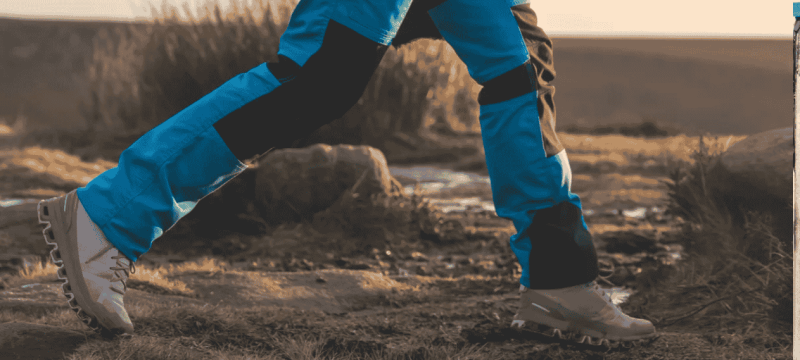New research has revealed that hiking shoes and outdoor gear could be a major source of microplastic pollution in remote wilderness areas. The study focused on Adirondack mountain lakes in upstate New York, finding significantly higher levels of microplastics in lakes with heavy hiker traffic.
Researchers tested water samples from two lakes that feed the Hudson River. One lake, located near a busy hiking trail, showed microplastic pollution levels about 23 times higher than another remote lake with little human contact.
Soft-soled trail shoes and synthetic outdoor clothing appear to be key contributors. According to Tim Keyes, a data scientist from Sacred Heart University who led the project, these materials shed small plastic particles that end up in the environment. His research, conducted with Evergreen Business Analytics and the Adirondack Hamlet to Huts non-profit, highlights how even responsible outdoor activities can have hidden environmental costs.
Microplastics are tiny particles formed when larger plastics break down or are added to products. They contain thousands of chemicals, including BPA, phthalates, and PFAS—substances linked to health risks such as lung inflammation and cancer.
In 2023, Keyes found microplastics in Lake Tear of the Clouds, located 4,300 feet above sea level. Initially, the pollution was thought to come from airborne sources like rain. However, new findings suggest that microplastic pollution mainly comes from hikers’ shoes and gear. The recent tests found 16.54 particles per milliliter in Lake Tear, compared with just 0.73 in the remote Moss Pond.
Experts say the evidence strongly supports the conclusion that hiker activity is a major factor. The study urges outdoor gear manufacturers to create products that shed fewer microplastics. It also recommends hikers use hard-rubber soles and natural-fiber clothing to help reduce pollution.
The research underscores how even small actions—like choosing sustainable hiking gear—can help protect nature from microplastic pollution.
In other news read more about: Tiny Plastics in Your Body Could Be Making You Sick; Here’s What Scientists Found







